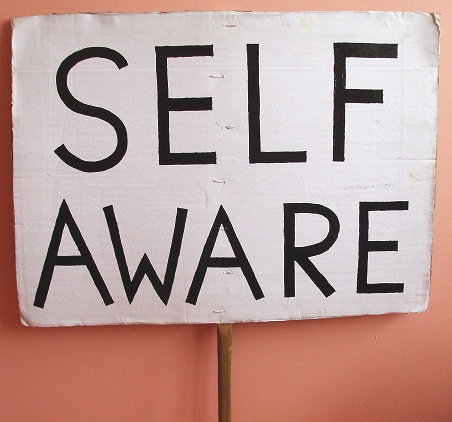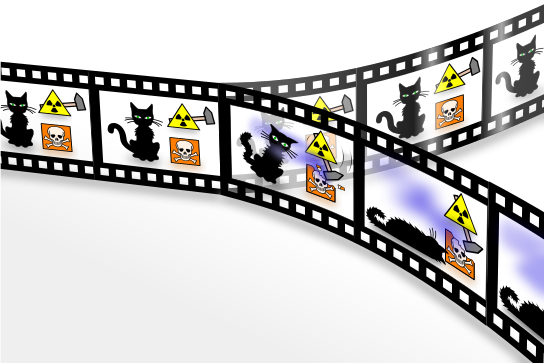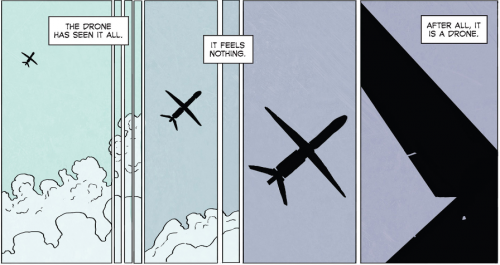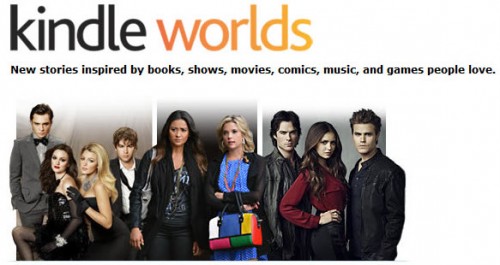Here are some of the things I’ve talked about on my Twitter in the last week or so.
- my mental health issues
- nail polish
- Batman
- how generally unpleasant graduate school is
- the pan-fandom roleplaying game I’m part of
- my fiction writing
- Chelsea Manning and rights for trans* people
- my syllabus for my Social Problems course this fall
- Detroit
- the failing Philadelphia public school system
- knitting
In other words, in many respects this is your average personal Twitter account. I use it in a pretty average way, if there even is an “average” way to use Twitter, which I think is up for debate. What isn’t average about it is that it’s my only Twitter account. It is the social media site in which my personal life, my professional academic life, my professional writer life, and every other aspect of me come crashing together in a flailing torrent of wibbly, anxiety-riddled unprofessionalism. I don’t use it as a professional account – my legal name is not attached to it in any immediately obvious way – but it would only take a moderately competent internet detective to connect the dots between it and my legal name. I don’t even keep it a secret that I’m Sunny Moraine every bit as much as I am Sarah Wanenchak (see what I just did there?). I used to, but I gave that up a while ago when I witnessed the two identities colliding repeatedly in such a way that it didn’t seem to make sense to draw lines anymore.
And anyway, I do use it as a professional account. I do it all the time.
This particular piece of navel-gazing was inspired by a wonderful post that Whitney Erin Boesel wrote a while ago on changing her Twitter username to reflect a greater owning of what she feels is her professional identity, an identity that she has to have and to cultivate in order to do what she wants to do. What struck me about it, aside from the fact that it was generally awesome and piercingly insightful regarding the way that academics and especially female academics (I don’t identify as female, but people keep gendering me that way so in practical terms I guess I still sort of am) have to negotiate social media was how different hers and my paths have been and continue to be. As she heads down one particular road, I appear to be veering wildly away. She is clarifying (some) things. I am becoming more and more confused.
My name on Twitter – Sunny Moraine – is my pen name, but it feels like as much my name as my legal name does, and is in fact one that I’m much more comfortable using. It comes from a former SN that came from a nickname that itself came from another former SN; the surname is an in-joke between me and my geologist father. It is a fundamental part of my personal history. My Twitter SN – dynamicsymmetry – is a name with a lot of personal meaning for me as well, and is my account name in a number of other places. Rather than establishing boundaries, I’m tearing down walls and letting everything mix. I’m drawing as many connections as I can. I’m trying to make it clear that this is all me.
What you need to understand about this is that it’s as much intentional as it is accidental – and yes, it is both of those things at once. Realizing early on what was happening with my Twitter account – which, incidentally, I only signed up for in order to play Spymaster – I elected to continue to erode borderlines as I saw more of my colleagues establishing them. I felt jumbled and confused, especially as my graduate school career careened along, and I decided to make my Twitter an experiment in owned unprofessionalism. When I have a opinion on pop culture or fandom, it goes there. When I have something to say related to academia, it goes there. When I attend writing conferences and academic conferences, livetweets go there. When I suffered a mental health crisis last summer – which, incidentally, was profoundly influenced by issues in my academic life – I tweeted about it relentlessly. Twitter became a confessional space, and then a supportive one. And because by then it was at least in part an account that I used to maintain professional academic connections, it felt like a political act as much as a personal one. I wanted to fight stigma. I wanted to talk openly about what happens to graduate students when things go badly awry.
I’ve watched other people negotiate these boundaries and borders by establishing two separate accounts, one very clearly marked as professional and the other carefully cultivated as personal. I want to emphasize that I don’t regard that as a poor or an illegitimate decision. But I explicitly decided not to do that.
I don’t even like the idea that there are “poor” or “illegitimate” decisions when it comes to self-presentation in social media, at least not in the way those concepts are often used. But I can’t escape the feeling that this has all been an elaborate exercise in professional suicide. I have been told for years that this is something I shouldn’t do. Yet I also can’t escape the feeling that when the majority of people are telling you not to do something, that might be an indication that it’s something worth doing.
Or it might be an indication that I’m a complete and utter fool who will never be employed.
We can’t all be danah boyd, as Whitney pointed out. Most of us can’t be danah boyd. But what I’m trying – clumsily – to convey is that I’m not trying to be danah boyd, or hoping to be danah boyd; I’m trying to be me, and I’m trying to figure out what that even means, and I’m trying to find out what happens when one entirely bucks the common sense regarding what is required to maintain a professional presence in social media. At this point I don’t really have a career to kill anyway, and maybe what I’m doing is ensuring that I won’t ever. But maybe not.
Nathan Jurgenson has observed in a number of places that one of the great current tyrannies of how we live our lives is this idea that we have to be self-consistent, so we have to carefully monitor everything that goes on the web and all related places. We can’t slip up, we can’t do anything that could come back to bite us later, we can’t do anything to damage the professional facade that we’ll have to erect when we “grow up”. And yet what social media reveals is that we have never been self-consistent. Our selves have never been clearly delineated. We are chaotic, irrational, self-contradictory, cognitively dissonant, massively unwise, devoid of forethought. We exist in an atemporal present while at the same time we’re constantly cautioned to feel deep anxiety about our pasts and terror of a future that we can’t possibly control but are still expected to manage.
It goes without saying that women have it worse here. Of course they do. We do, because I feel like I do fall into that category in this case: I am subject to greater degrees of scrutiny and surveillance, greater degrees of policing and control, and the consequences for my failure are potentially much harsher.
And yet.
Whitney characterized changing her Twitter SN as “growing up”, not in the sense of becoming less child-like but in different terms entirely:
In a weird way, the idea of changing my username feels like “having to grow up”—not because there’s anything child-like about using a pseudonym, but because changing my username feels like a scary and increasingly inevitable shift in my identity. My pseudonym is in many ways more “me” than my legal name, and yet the idea of using my legal name scares me because it feels too much me. The idea of going first & foremost by my legal name—something I’ve never really done on the Internet, save what’s now my oft-neglected professional Facebook profile—feels frighteningly naked, so intensely visible. I’d just be myself, plain and in plain sight, right there in front of everyone.
At one point, this would also have been me. I chose not to use my legal name in my first forays onto the web – back when the “web” was pretty much all there was – because I wanted to maintain control over my identity that I didn’t have with the identity that had been given to me by others. I wanted to protect myself. But that no longer feels true. When I use Twitter the way I do, I feel painfully exposed. I’m totally naked out there, all the conflicted messiness that is me, that will be the me that any department that hires me will be getting, regardless of how “professional” I am at a conference or in front of a class. Using my legal name would feel like hiding. It would feel like adopting an identity that isn’t nearly as real. Using Twitter the way I do now highlights my own atemporal experience of reality; there is no growing up for me to do, not in that sense. I’m just me. All the time.
I want – again – to emphasize that I’m not devaluing Whitney’s choice, or anyone’s choice, in any way. I’m simply struck by how differently she and I feel. And how similarly we feel in so many other ways, how similar paths have led in such different directions.
I also want to emphasize that I realize that this may be a completely terrible idea.
The point of all of this – I think – is that in all our blathering about professionalism and privacy and publicity we often neglect the sheer diversity in how people use social media and negotiate identity in those settings. How blurred the lines can get. How confused things can become. We don’t make room for those things; we can’t, if we don’t recognize that they’re there. I’m not advocating some kind of consequence-free space where people get to do whatever they want, merely a recognition that people are very complicated and that how we use technology will be correspondingly so.
I am Sunny Moraine and Sarah Wanenchak and dynamicsymmetry. I will answer to any of those.
If you see me, come say hi.
(Addendum: I’m not looking for professional advice or to be told that I’m doing a wrong thing. I appreciate good wishes and well-intended counsel but those just aren’t conversations that I’m interested in having, at least not here.)










